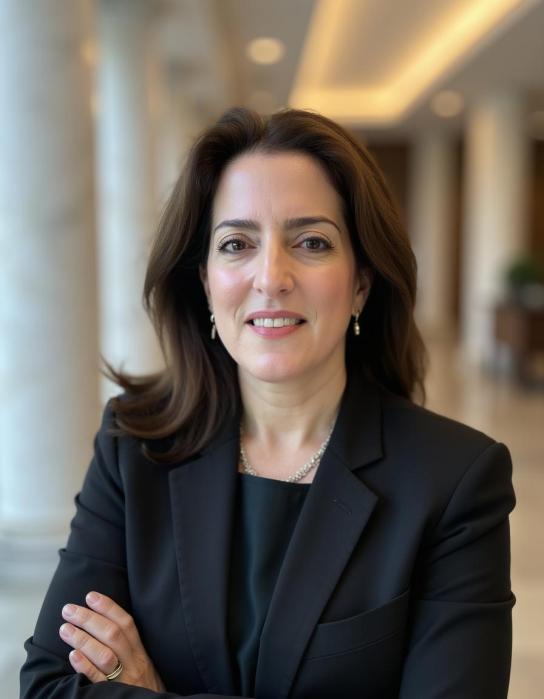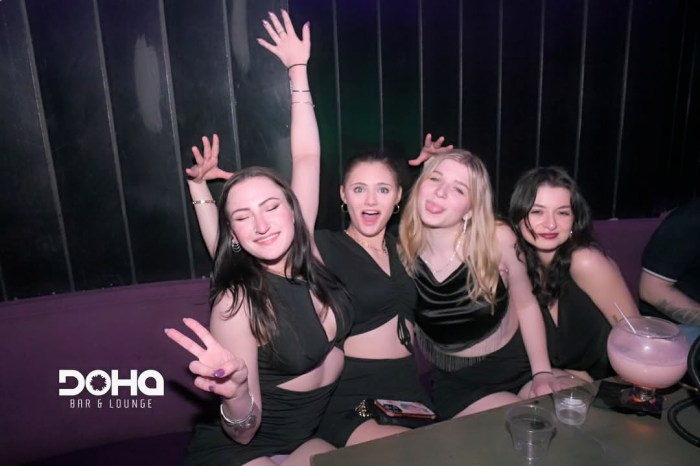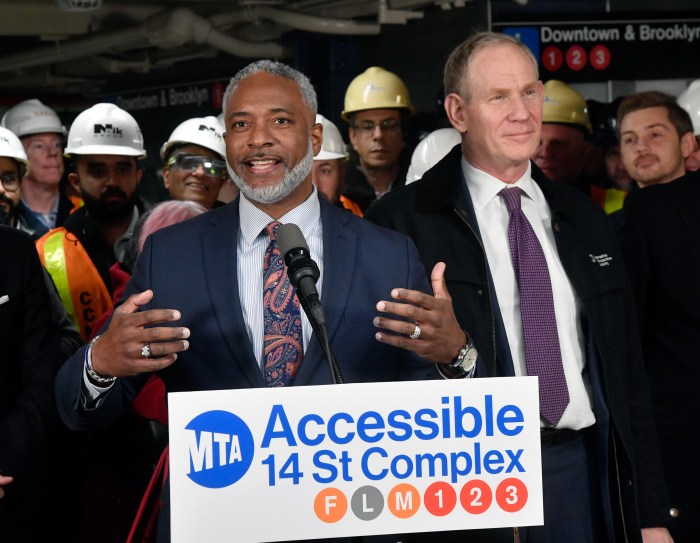By Zack Siegel
Who would have thought, almost six months ago, that we would still be dealing with the effects of COVID-19 on our daily lives?
It is during times like these that our ability to adapt to change and overcome challenge is tested. One of the most debated issues in the news today is whether schools should open for in-person learning in September. While the desire for children to learn and receive a formal education is universal, many parents, teachers and healthcare providers are concerned that returning to school may do more harm than good.
Still, school boards must make the ultimate decision about what each district will do while weighing the facts they are given. Several potential solutions have been proposed, with the most likely option seeming to be a mix of remote and in-person learning. If this is the ultimate plan of action, we as students, parents and teachers must adjust to this new reality.
Before any judgments about school decisions are made, I believe that we must identify who we want to rely on to educate us with respect to the disease and its potential effects. Should we listen to the politicians or the scientists? This is truly an apolitical issue for me. Scientists are the professionals who study the virus daily in order to try and understand how it is contracted, its short- and long-term effects on the human body, as well as potential treatments and preventative vaccines. New information is being discovered every day. Scientists have the knowledge to understand the threat level of the virus better than anyone.
Politicians, on the other hand, are not experts in the sciences. Although they may voice their opinions on the condition of the virus and how it may affect other parts of our daily lives and future, they are not, by and large, medical experts. By listening to the scientists on an ongoing basis, school districts can make informed decisions on how to best adapt scheduling, programming and the curriculum to meet the needs of their students while maintaining the safest possible environment for the community.
Assuming that education will take place both in and out of the classroom, an initial decision will be made regarding the best use of time and space for each student. For example, should third-grade students receive the same number of hours in the classroom as my eleventh-grade peers? Decisions like this may be evolve over time. I assume there will be trial and error as this is uncharted territory. The plan on day one may have to be altered several times throughout the year based on educational needs, progression of disease as well as teacher and administrative input regarding overall success of the students.
It is my belief that although education is very important at every age, in-person social interaction it is critical to the emotional and social development of young children.
Although my high school classmates and I want to return to school for a variety of reasons, social and educational, we should be flexible and forfeit the use of our classrooms and facilities for the benefit of the younger students. By allowing the elementary and middle schools students to use the high school, each school will be less crowded.
In the event that schools do reopen for in-person learning on a limited basis, both teachers and students must try to adjust to the new scheduling changes and make the most of the time spent together in school. Departments will have to work together to determine what must be accomplished in person and what can be learned at home. By doing this, time spent inside of the building will be used most efficiently. Students will also have to plan how they want to use their time in the building. Appointments with teachers and guidance counselors will have to be set up in advance. Use of lab hours will have to be mapped out and used methodically so that students can compete their work.
Organization and advanced planning will be key. For many students, this will be the ultimate test of their ability to overcome challenge and a crash course in adaptability. While I personally hope to return to the school building itself, students and their families should be given the option to choose whether they return to school in person or choose to learn remotely. Each individual family’s threshold for risk must be given equal weight by allowing students to choose whether they feel comfortable attending school. Again, this may change over time, but until a cure or effective treatment is discovered and approved, we must provide options for our students without judgment.
I think the one thing that everyone can agree on is that we have no idea what the coming school year will look like. September may bring one planned solution, only for us to have to change course again at a moment’s notice. The constant will definitely be change and our ability to adapt to it and ultimately still succeed.
I have confidence that if we listen to the professionals and are willing to work hard and learn from our mistakes and accomplishments that the 2020-21 school year will be one to remember with pride.
Don’t get me wrong, I am still hoping that we can ring in 2021 looking back at all of this as a distant memory and that some sense of normalcy has returned. Until then, we must make the most of a bad situation and learn from the reality we are facing today.
-Zack Siegel is a student at Schreiber High School in Port Washington






























